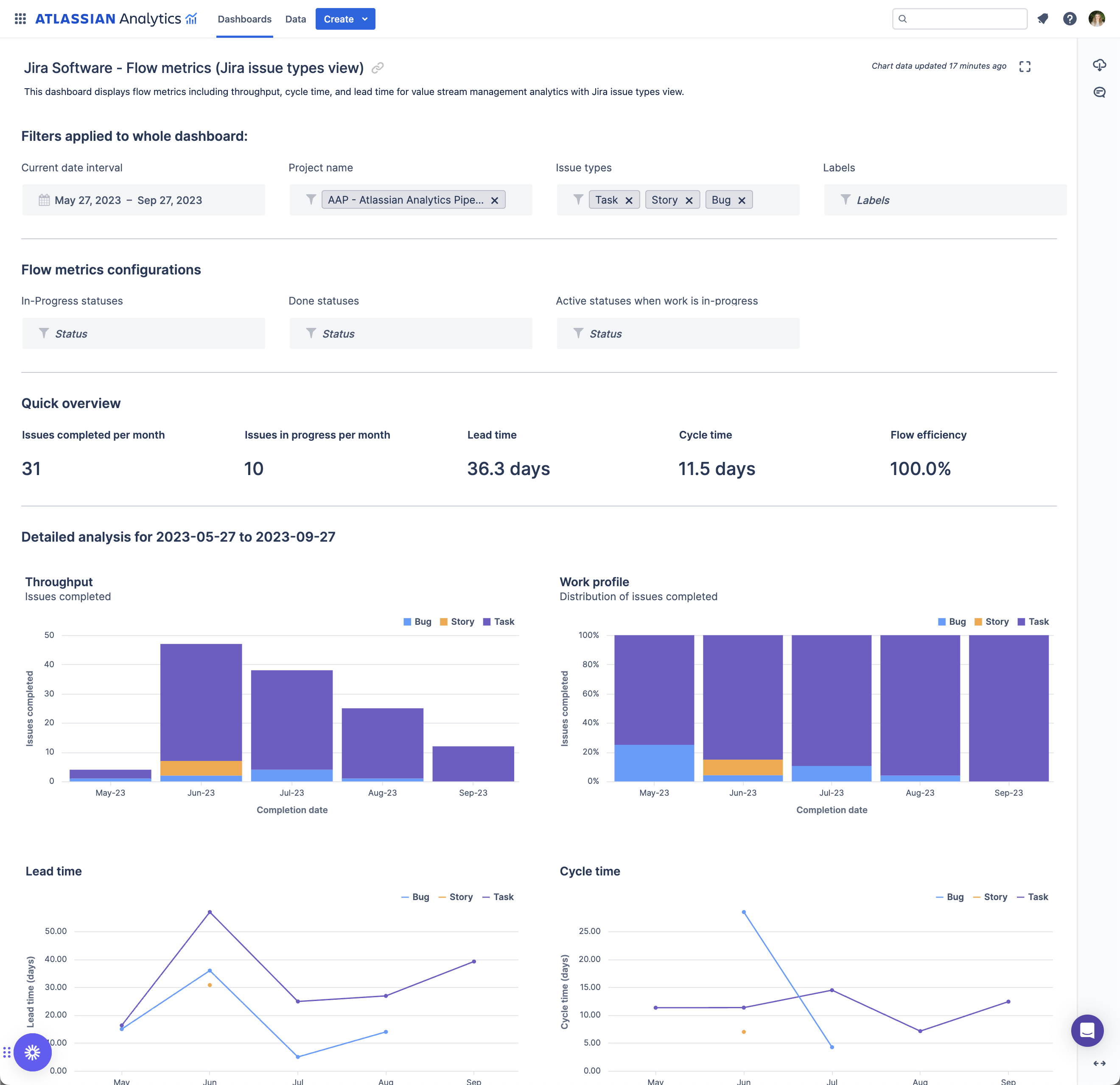While getting software out into the world is the main goal of many companies, it’s important to remember that the engagement and happiness of the people building that software impacts how productive they are as well as the quality of their work.
Unfortunately it’s all too common to find product teams overloaded and overwhelmed with multiple works in progress (WIPs). Certain methodologies like Agile, SAFe, Kanban, and Scrum have taught ways to be more disciplined with WIP limits, but reasons like changing priorities, overambitious schedules, and resource constraints may lead to stalled work and unstable value flow.
In a talk at {virtual} VSMcon 2022 in May, Brian Ashcraft, director of knowledge and education at Tasktop, gave a talk on how to properly manage those WIPs in a way that allows companies to have a software delivery system that increases efficiency, improves employee engagement, and achieves higher process yields.
According to Ashcraft, there are a few key metrics when it comes to value flow that are important to understand.
Flow time is a measure of the time it takes for items to go from “work start” to “work complete.”
Flow velocity is a measure of the number of items that were completed over a specific time period, and it can be used to gauge whether value delivery is accelerating.
Flow load is a measure of the number of WIPs in a particular value stream, and it can be used to monitor both over and under-utilization.
According to Ashcraft, a key indicator that a value stream management system is unstable is when the number of WIPs is growing but work is not uniformly moving to completion. For example, imagine an average flow time of 76 days, a flow velocity of 10 features each month, and a current flow load of 244.
“That’s 10 times higher than what we would expect from a stable system,” said Ashcraft. “This absolutely represents an unstable system … So since we have so much work in progress, flow time is going to be unpredictable and we have a system that’s not stable. What we can do is we can reduce the load, we can set WIP limits, maybe take some work out of the system, so we can get to a stable system where we have a consistent and predictable rate for how long it’s going to take to get features through the pipes.”
To learn more about how to improve flow among the WIPs in your value stream, watch Brian Ashcraft’s talk, “Enabling software delivery stability: Lessons in managing WIP from a flow expert,” which can be viewed on-demand now.








